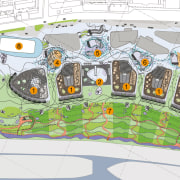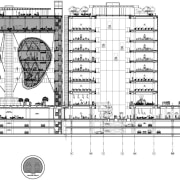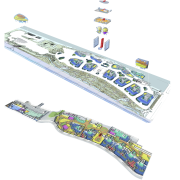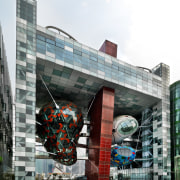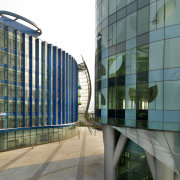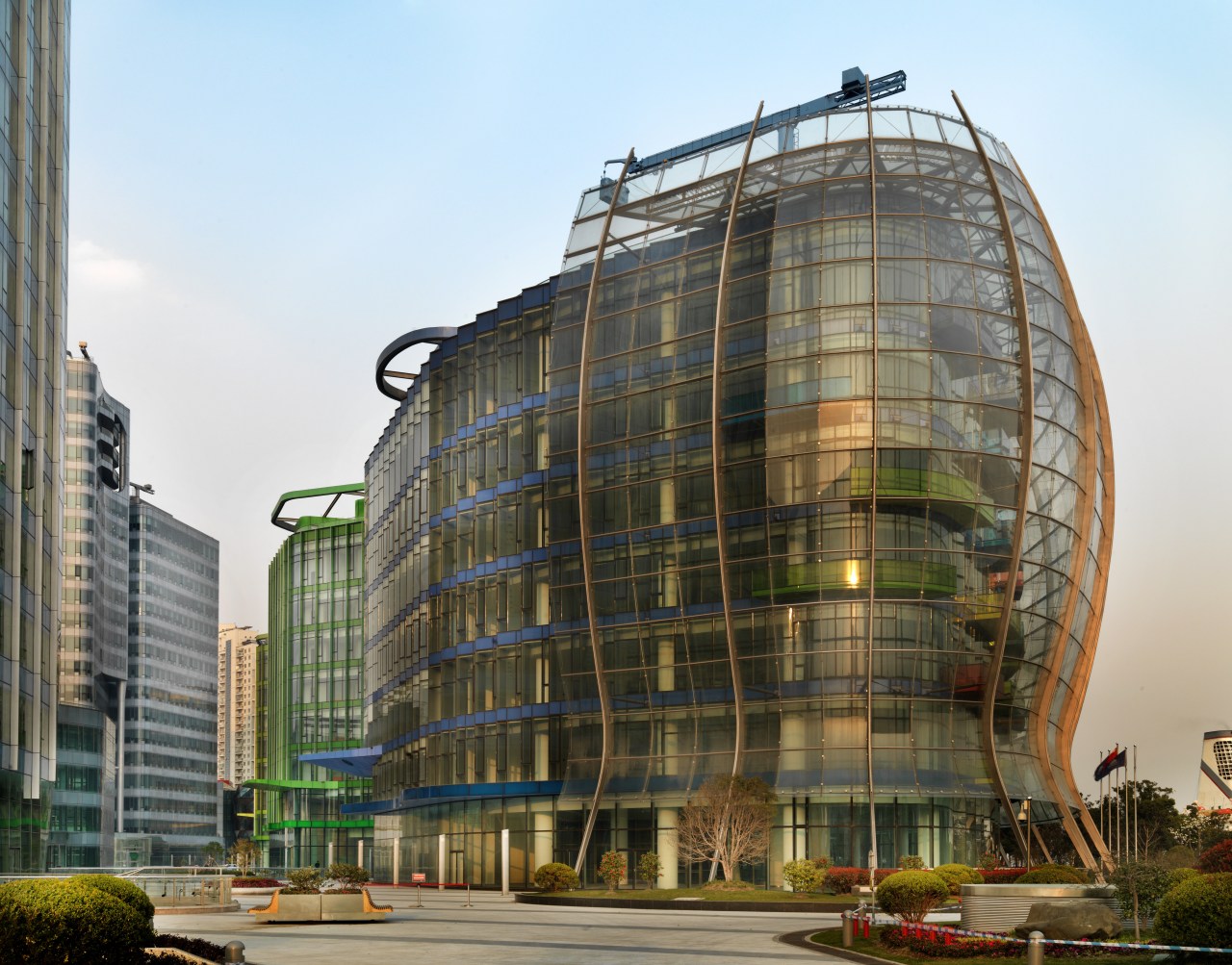Glittering prize
A new precious jewel sparkles along the banks of the Huangpu River, a safe harbour for visitors and a public park for Shanghai residents
As the most populous city within the most populous country in the world and with one of the fastest growing economies Shanghai is clearly on the global radar. In the lead-up to hosting World Expo 2010, the city had the opportunity to take an introspective turn, and address any areas where social and municipal improvements could be made.
The Shanghai International Cruise Terminal is a project where both of these issues have been addressed, says John Curran, project director of Sparch, the firm behind the master plan for the 800m-long site.
"The project acknowledged from the outset the desire for more public open space, as well as for a new gateway to the city to accommodate the more than 1.5 million visitors expected to pass through the terminal yearly.
"The Shanghai authorities established a target to free up 30% of the municipality for citizens to enjoy, and a key element of this is the creation of a green corridor along the Huangpu River. That's why 75% of the terminal site has been designated as a public park," says Curran.
Even with these limitations, the built area of the site is a commanding 400m in length, comprising seven separate structures. Six of these buildings are the head offices for a number of international shipping corporations, and the seventh is quickly gaining worldwide attention for its architectural ingenuity, says Curran.
"There are several points of interest within this development, the first being the sheer scale of the commercial area. The client was adamant that the buildings not be dwarfed by the ships that would dock alongside up to three 80,000-tonne vessels at any one time.
"The result is 260,000m² of built-up area, more than half of which is leasable space. But that only tells part of the story, as much of this is actually underground, including the terminal's passenger facilities, planned by Frank Repas Architects."
As part of its solution, Sparch created a honeycomb of sunken courtyards, so that from anywhere within the subterranean level, the spaces open out into lush green gardens.
"This has resulted in an ambiguity as to where the ground plane is," says Curran. "The buildings appear to disappear into these sculpted openings, blurring the line between above ground and below. This is our solution to the conflict at play in all cities, of needing to balance increased density with the requirement for open space."
Two distinct design elements arose from the manipulation of the ground plane. The first, and the most visually arresting, is the result of having to overcome limitations at a specific point of the site.
"Existing tunnels under the site meant we couldn't position another building at that point. Initial discussions with the client brought forth the idea for some style of bridge architecture that would include public facilities within the span.
"The Shanghai Chandelier, as it has been dubbed, is the end result of that original idea, and is the first such suspended cable structure in the world," says Curran.
The three floating pods, which house a series of restaurants, cafes and bars, have been suspended beneath the seven-storey span of a 40m-high, glass-clad bridge/gate. The span too, is a public area containing hospitality venues.
The other design element, which literally extends from the ground, is the curved steel and glass facade. Curran says this was an extension of the terraced landscape creating a series of ripples across the site.
"These ripples are amplified into crystalline waves that wrap over the buildings, giving the separate structures an overall cohesion. This effect is more apparent at night when the whole site is illuminated and the chorus-line nature of the design is heightened."
Engineered by renowned Paris-based firm RFR, the company behind the Louvre Pyramid, the facade is 12,000m² of post-tensioned glass, a visually delicate double skin that has an important environmentally sustainable role to play.
"Due to the southern exposure of the site, the wave facade, which contains an integrated dot matrix pattern, shades the interior spaces during the summer and prevents glare during the winter, whilst opening up panoramic views towards the waterfront," says Curran.
"This form of passive design is augmented by other features such as ventilated central atria in the buildings. Topped with louvred skylights, the atria expel hot air, maintaining a constant air flow and therefore a consistent interior temperature."
One ESD innovation integrated into this project is river water cooling technology. Water from the Huangpu River is used as a refrigerant to cool the buildings during the peak summer months, greatly reducing the development's energy consumption. After passing through the heat exchangers, the purified water is returned to the river.
Credit list
Client
Main contractor
Lighting consultant
Quantity surveyor
Cladding
Facade
Facade contractor
Architect
Structural engineer
Mechanical and electrical engineer
Landscaping
Roof
Facade engineer
Story by: Justin Foote
Home kitchen bathroom commercial design
Diving into nature
Classic looks, contemporary efficiency
Personality plus


